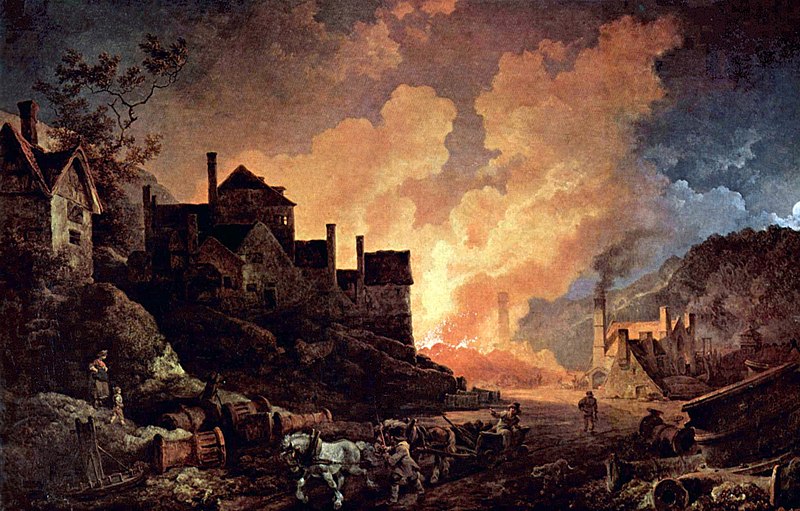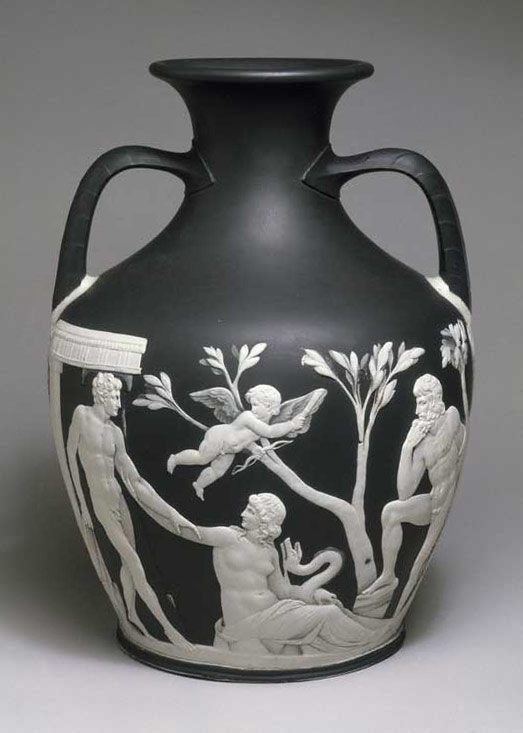Introduction to the Unit
Why do we study design history?
Design history is a tool we can use to understand our own work better. It helps us understand what it means to be modern. We need to be active about knowledge, challenge it. "Knowledge is not for knowing, knowledge is for cutting"
Industrial revolution
The industrial revolution brought huge changes in agriculture and industry. Modernity is about progress.
 Thomas Gainsborough: Mr and Mrs Andrews, 1750
Thomas Gainsborough: Mr and Mrs Andrews, 1750
Darby Casting Iron pots - iron mass production
 Coalbrookdale by night 1801
Coalbrookdale by night 1801
With industrial progress comes change to the way people live
Separation of Labour
Way of production that allows each worker to focus on just one small task. This allows for greater productivity, the use of specialised machines. Leads to a loss of ownership, the individual worker has no connection to the final product.
modernity is about adopting an attitude to change
Neoclassicism
during the 1800s, people retreating to the past
 wedgwood vase
invented the catalogue pretty much
wedgwood vase
invented the catalogue pretty much
slavery medal
chrystal palace hyde park
Adrian Forly, Objects of desire watt, fabric production
modernism has its root in enlightenment
Globalisation
Starting with the invention of the electrical telegraph, globalisation has taken the separation of labour to a new level.
Jennifer Baichwal: Manufactured Landscapes (Opening Sequence), 2008